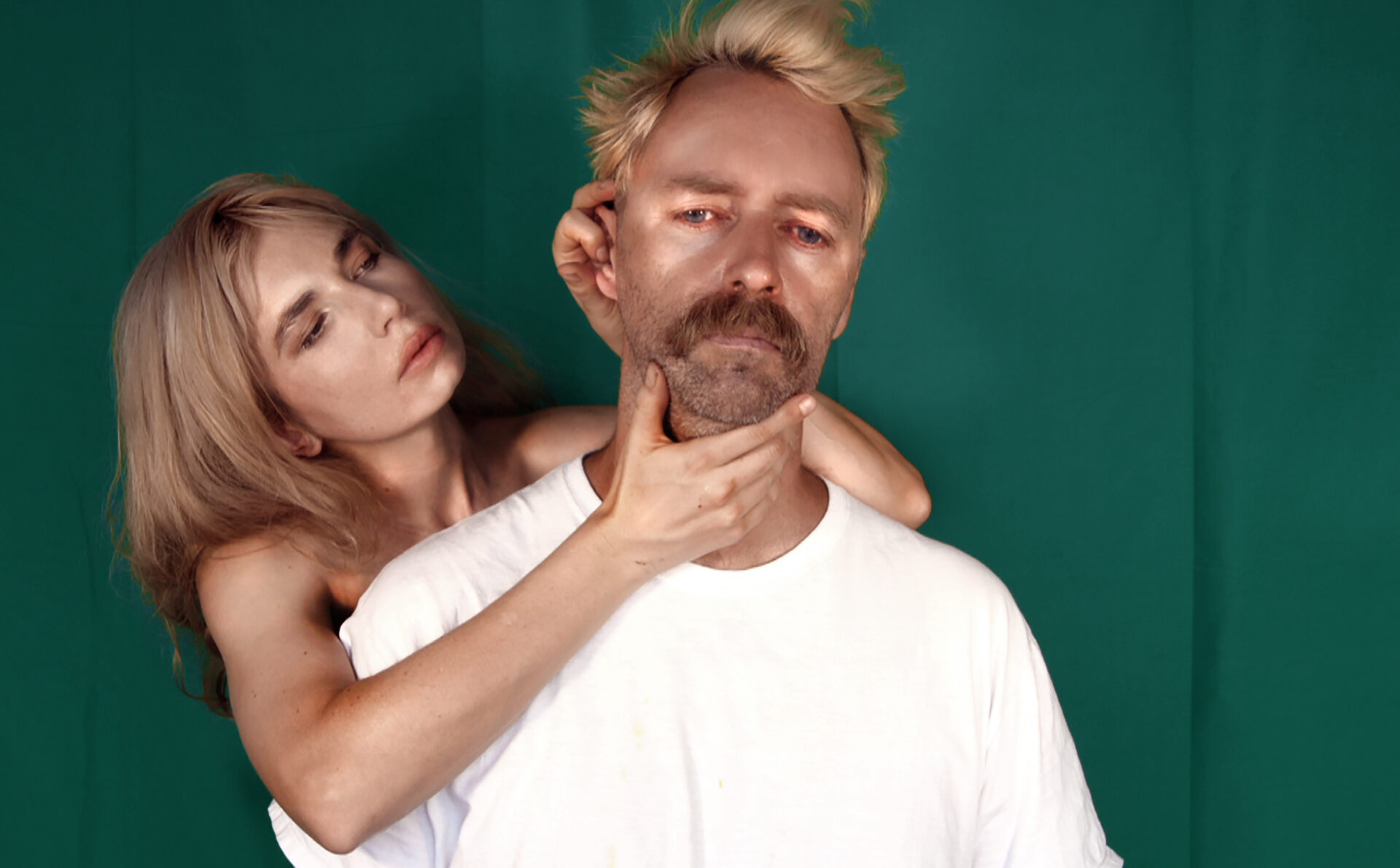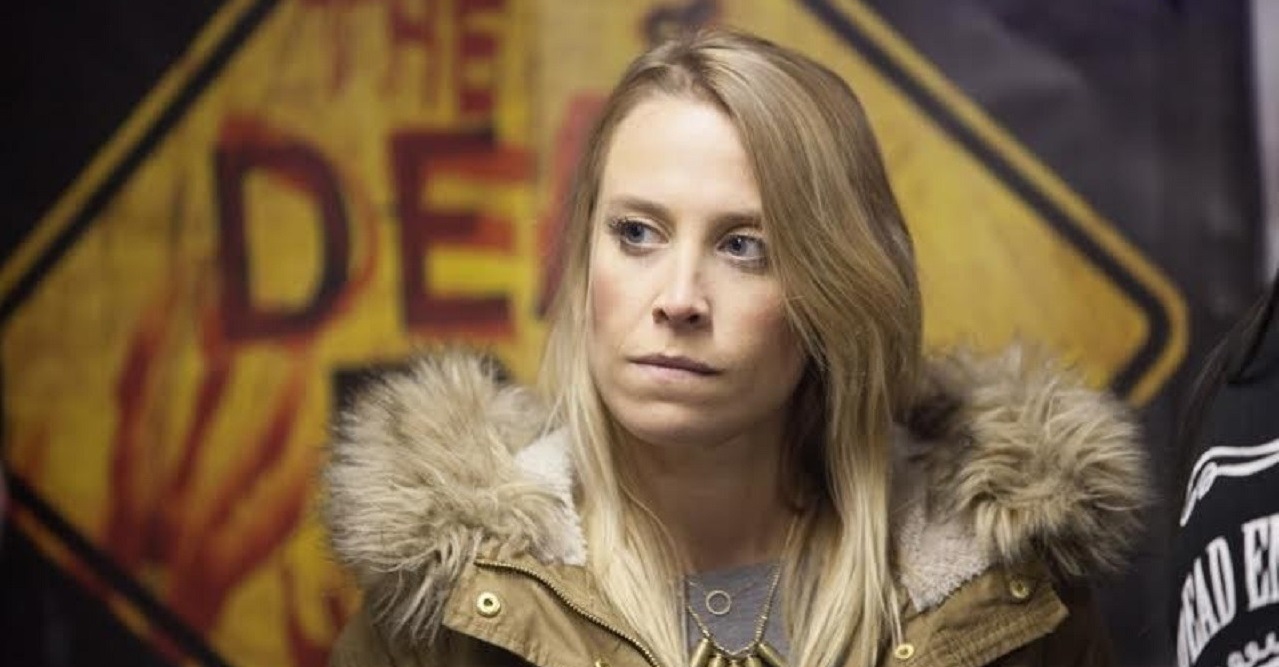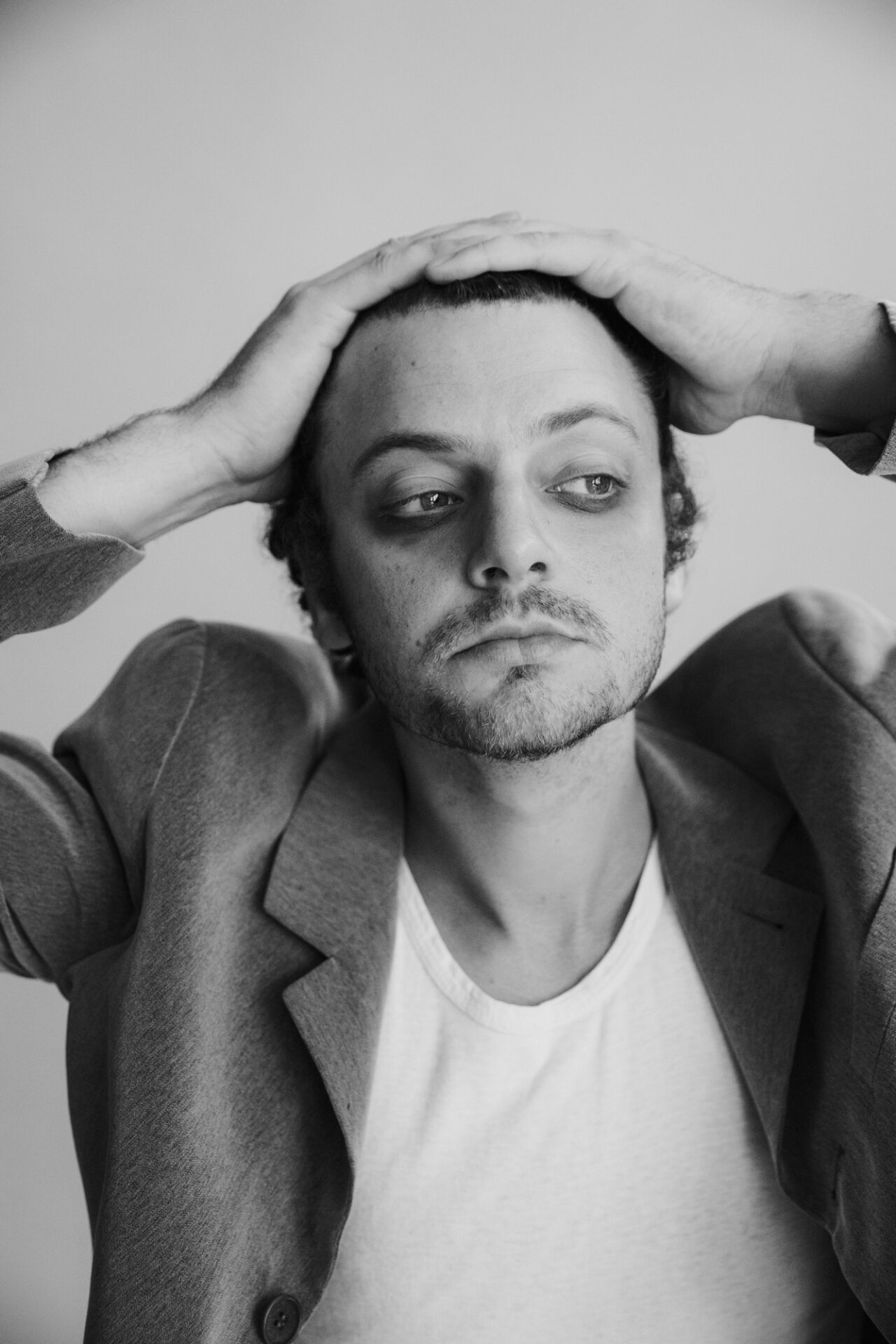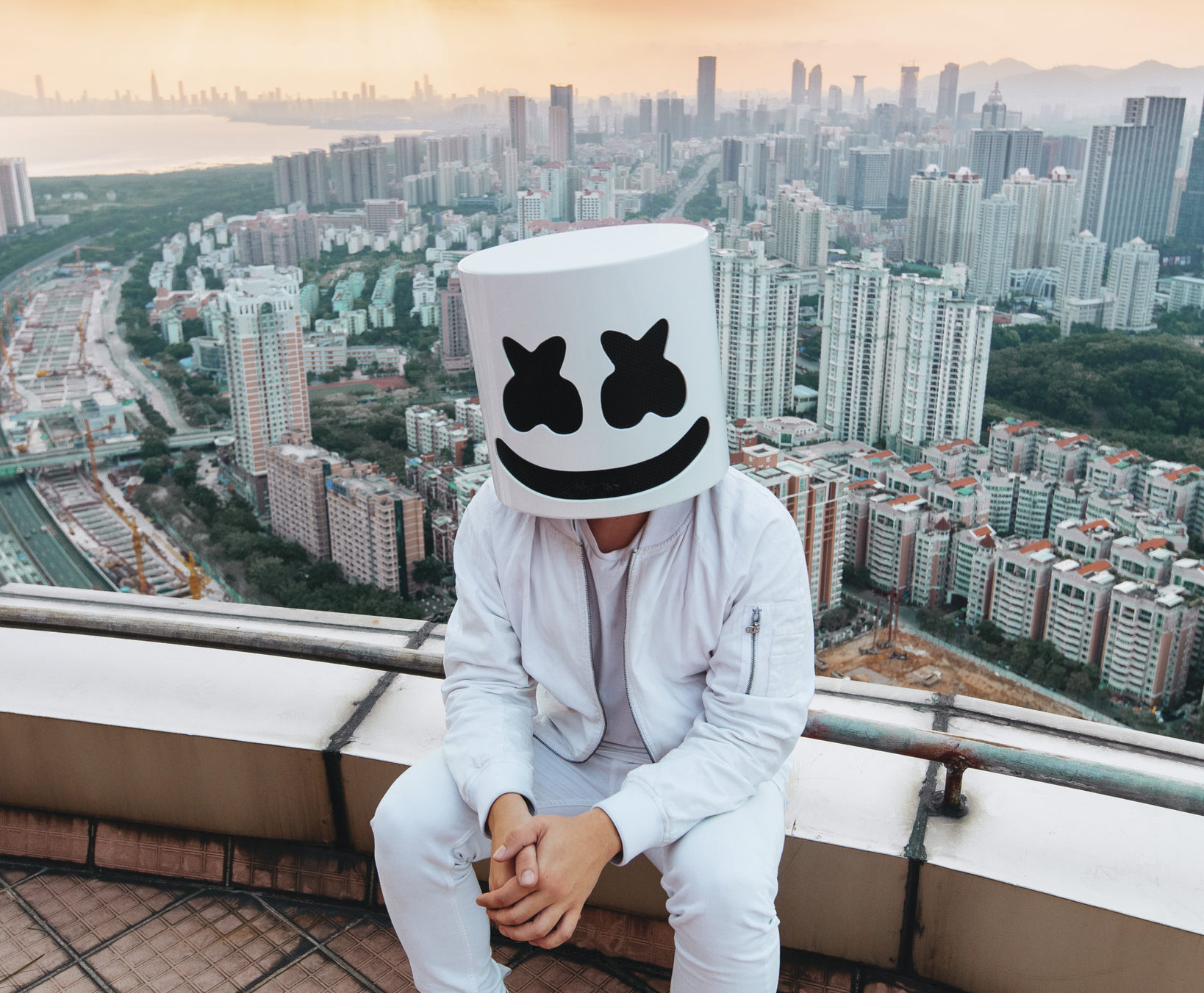In the annals of music history, there exists a phenomenon that transcended mere festivals; it became a cultural movement, a rite of passage, and a symbol of rebellion and unity. This phenomenon is none other than the Vans Warped Tour. For over two decades, the tour crisscrossed the continent, leaving an indelible mark on the hearts and minds of countless fans and musicians alike. It was more than just a showcase of punk, rock, and alternative music—it was a community, a platform for expression, and a celebration of youth culture.
The festival was crucial for the launch of many musical acts as well as independently owned brands such as Substream Magazine. I recall doing a cover shoot with Hey Monday who was a headliner for the festival in 2010. Kevin had offered up his back yard and pool for the afternoon! He offered up his home, pool and grilling skills to the entire crew. That’s the kind of guy he was.

The roots of the Vans Warped Tour can be traced back to the early 1990s, a time when alternative music was surging in popularity. It was during this era that Kevin Lyman, a seasoned music industry veteran, conceived the idea of a traveling festival that would cater to the burgeoning punk and skateboarding communities. Drawing inspiration from the DIY ethos of punk rock and the raw energy of skate culture, Lyman set out to create an event unlike anything the music world had seen before.
“We wanted to bring together the worlds of music and skateboarding in a way that hadn’t been done before,” recalls Lyman. “We wanted to create a space where young people could come together, express themselves, and celebrate their passions.”
And so, in the summer of 1995, the inaugural Vans Warped Tour kicked off in a handful of cities across the United States. Featuring a lineup of up-and-coming punk and ska bands, as well as a makeshift skate ramp, the tour immediately struck a chord with audiences hungry for something new and exciting.
“It was like nothing we’d ever experienced before,” says Tim Armstrong, frontman of the influential punk band Rancid, who performed on the first Warped Tour. “There was this sense of freedom and camaraderie that you just couldn’t find anywhere else. It felt like we were part of something special.”

As the tour progressed and evolved, the Vans Warped Tour grew in size and scope, attracting bigger crowds and more diverse lineups. Bands like NOFX, Bad Religion, and Pennywise became synonymous with the tour, while newcomers such as Blink-182, Green Day, and My Chemical Romance found a platform to showcase their talents to a wider audience.
“It was a crazy time,” reflects Mark Hoppus of Blink-182. “We were just a bunch of kids from San Diego with big dreams, and suddenly we were playing in front of thousands of people every day. It was surreal.”
But beyond the music, the Vans Warped Tour was also known for its sense of community and inclusivity. From its early days, the tour embraced diversity and welcomed fans of all backgrounds, genders, and identities.
“It didn’t matter who you were or where you came from,” says Hayley Williams of Paramore. “At Warped Tour, we were all part of the same family. It was a place where you could be yourself without fear of judgment.”
For many bands, the Vans Warped Tour was not just a chance to perform, but also an opportunity to connect with fans on a personal level.
“It was like summer camp for punk rockers,” says Travis Barker of Blink-182. “We’d spend all day hanging out with fans, signing autographs, and just soaking in the energy of the crowd. It was pure magic.”
Over the years, the Vans Warped Tour continued to evolve, adapting to changing musical trends and cultural shifts. While punk and ska remained at the heart of the tour, organizers also began to incorporate elements of emo, hardcore, metal, and hip-hop into the lineup, reflecting the diverse tastes of its audience.
“We always tried to stay ahead of the curve,” says Lyman. “We wanted Warped Tour to be a reflection of the ever-changing landscape of alternative music. We never wanted to get stuck in one particular genre.”

Despite its success, the Vans Warped Tour faced its fair share of challenges over the years. From financial struggles to logistical headaches, organizing a cross-country tour of this magnitude was no easy feat.
“It was a constant balancing act,” admits Lyman. “There were times when we didn’t know if we’d be able to keep the tour going. But we always found a way to make it work because we believed in what we were doing.” I’ll never forget the afternoon in Cincinnati, OH when sitting with Kevin backstage when he looked at me in all honesty and said, “I’m not sure how much longer I can do this.”
In 2018, after 24 years and over 1,000 shows, Kevin Lyman made the difficult decision to bring the Vans Warped Tour to an end. Citing declining ticket sales and the changing dynamics of the music industry, Lyman felt that it was time to close this chapter of his life.
“It was bittersweet,” says Lyman. “On one hand, I was proud of everything we’d accomplished over the years. But on the other hand, it was hard to say goodbye to something that had been such a big part of my life for so long.”
As news of the tour’s demise spread, fans and musicians alike took to social media to share their memories and express their gratitude for the impact that the Vans Warped Tour had had on their lives.
“It’s the end of an era,” tweeted Pete Wentz of Fall Out Boy. “Warped Tour was more than just a music festival—it was a movement. Thank you, Kevin Lyman, for everything.”
In the years since its final curtain call, the legacy of the Vans Warped Tour lives on in the hearts and minds of those who experienced it firsthand. From the countless bands who got their start on its stages to the millions of fans who found solace and inspiration within its walls, the tour will forever hold a special place in the annals of music history.
“As sad as I am to see it go, I’m grateful for the memories,” says Lyman. “Warped Tour was more than just a job—it was a labor of love. And I wouldn’t trade those years for anything in the world.”
Although the sun has set on the legacy of the Vans Warped Tour, one thing remains abundantly clear: its impact has been felt and will be felt for generations to come. For those who were lucky enough to experience it, the tour will forever serve as a reminder of the power of music to unite, inspire, and ignite the flames of rebellion.
“The spirit of Warped Tour will never die,” says Tim McIlrath of Rise Against. “As long as there are kids out there with guitars and something to say, the legacy of Warped Tour will live on.”
Kevin, if your reading this, let’s bring back Warped Tour!












